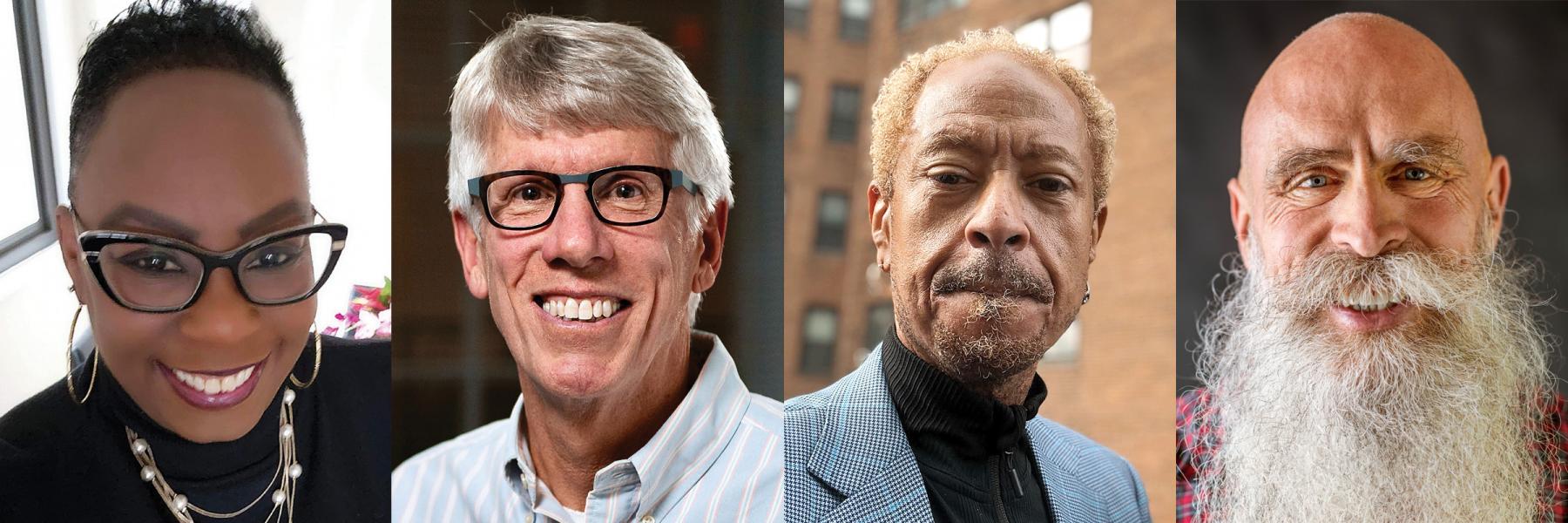The AIDS epidemic of the 1980s heralded a significant increase in the role of activism and the importance of a raised community voice. AIDS activists helped force a public reckoning of the epidemic and its toll on the community.
While HIV/AIDS is now a manageable chronic condition for people who have access to treatment, community involvement remains vital to address the latest challenges. Current treatments, while effective, must be taken for life, still have toxicities, and may not be easily available or tolerated by all people.
To reach a cure, most clinical studies involve an analytical treatment interruption (ATI)—the pausing of antiretroviral treatment (ART). There is currently no other method to determine if a potential cure strategy will control HIV without ART. Thus, studies need otherwise healthy people with undetectable HIV viral loads to voluntarily pause their ART under close medical monitoring to help advance the HIV cure science. ATI trials involve risks for both the participants (such as the unexpected return of virus) and their partners (HIV acquisition).
Continued progress toward effective cure strategies will require more and larger trials involving ATIs. The focus is to increase the diversity of participants so that research findings benefit all communities, physical and psychosocial risks are minimized for everyone and to help ensure an adequate number of participants for future trials.
We call for outreach efforts involving women, racial and ethnic minority groups, the transgender community and all populations disproportionately affected by the epidemic.
In this first of a four-part series, we look at why some of us got involved with HIV cure research. Gail Graham recounts her positive ATI experience. Will Carter asks to not cut off his dream of a cure. Bill Freshwater calls for making people feel like partners in research. And Jeff Taylor recalls his experience participating during the flu season and highlights considerations relevant to today’s COVID-19 pandemic.
Subsequent installments will include a participant readiness and resilience framework, a look at the growing family of people who have achieved “cure” status or “long-term suppression off ART” and its psychosocial aspects, an examination of variable outcomes of HIV cure research and the need to prepare now for when a cure finally arrives.
In this series, we invite people from diverse backgrounds to share their lived experiences and to highlight our community response to the HIV epidemic through HIV cure-related research.
Together, we will advocate for comprehensive supports around ATI participants to preserve community trust around HIV cure trials. We call for better support of the mental and psychosocial well-being of HIV cure research participants and their partners before, during and after ATI trials.
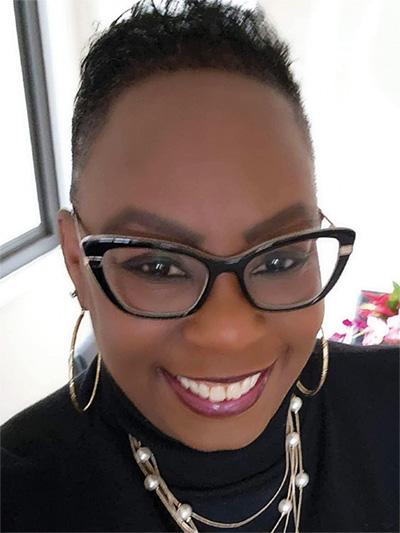
Gail Graham
A positive experience
This is my 25th anniversary of living a healthy life with HIV. As a global representative for John Hopkins University’s AIDS Clinical Trials Group (ACTG) Community Advisory Board (CAB), how could I be on a CAB for clinical trials and not be in a clinical trial? I wanted to experience that.
Read Gail’s Q&A here.
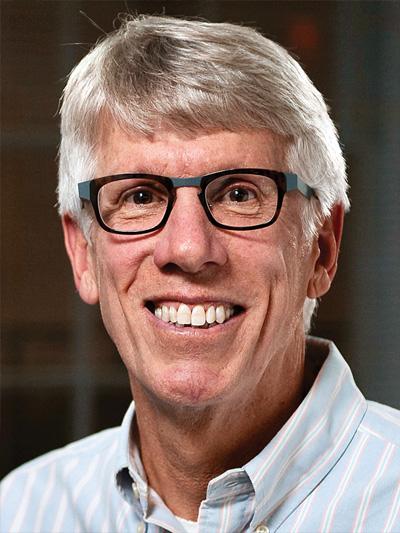
Bill Freshwater
Make participants feel like partners
I am a 65-year-old gay male in a monogamous marriage. I have been HIV-positive for over 30 years. I have an undetectable status, and am on one-pill-a-day ART.
Read Bill’s Q&A here.
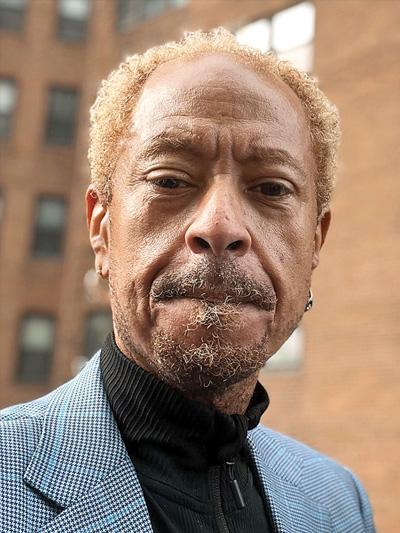
William B. Carter
Don’t cut off my dreams of a cure
I am William Carter, chairman of the BEAT-HIV Collaboratory. I am a father of two and grandfather of eight. In Pennsylvania, I was one of the first openly gay men allowed to adopt.
When I was diagnosed 24 years ago, I did not even tell myself that I was positive. I did not take my meds for 10 years, because that would have meant admitting that I had a disease—that I was going to die—that I was going to fail as a father. Mentally, it just wears on you. Mentally, I suffered in silence by myself.
Read Will’s Q&A here.
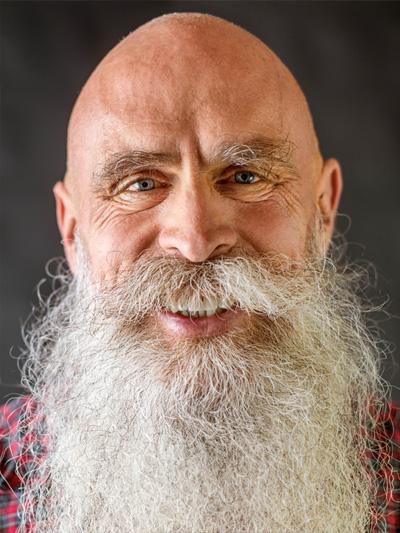
Jeff Taylor
A trial during flu season
I am a 60-year-old gay man, living with HIV for 40 years. I became involved in HIV research as a volunteer for the first AZT trials in 1988, and have been involved in HIV cure research for the past 15 years. I am currently the community engagement coordinator for the RID HIV Collaboratory for HIV cure research.
Read Jeff’s Q&A here.
About the contributing editors
Thomas J. Villa works to help end the HIV epidemic as a writer, community advisor and serial participant in HIV clinical research.
Bill Freshwater is a long-term survivor and community activist living in Philadelphia and Maryland’s Eastern Shore.
Jeff Taylor has been living with HIV for 40 years and is director of the HIV+Aging Research Project-Palm Springs (HARP-PS).
Gail Graham is a global representative for Johns Hopkins University’s Community Advisory Board AIDS Clinical Trials Network and a patient professor for the University of Maryland’s PATIENTS Program. She is also the proud mom of two sons and grandma of one.
John Sauceda is a health psychologist who studies mental health and health disparities related to HIV treatment, as well as factors that affect consent and understanding the psychological experiences of participants going through HIV cure trials.
Karine Dubé works at the intersection of biomedical research, socio-behavioral sciences, ethics and patient/community engagement in HIV cure research in the U.S. and in South Africa.


